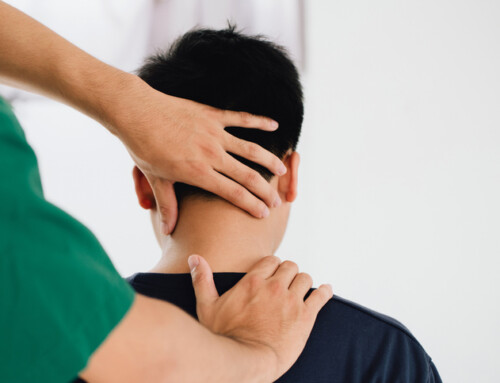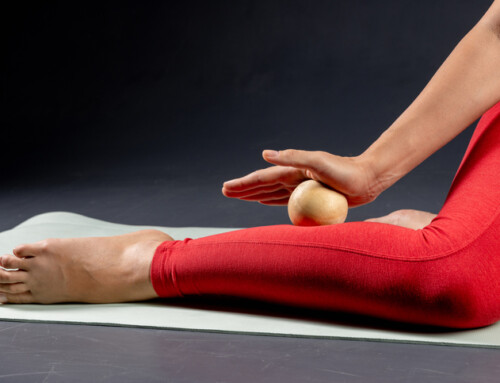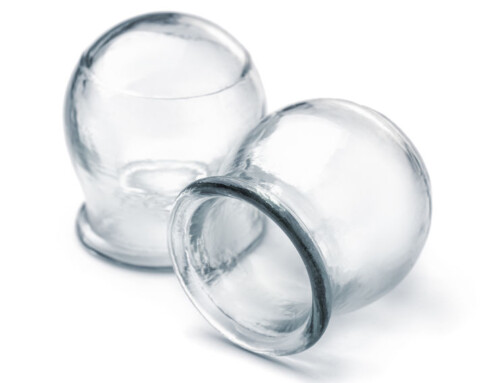Dayle Carhart, SPT
A Day in the Operating Room
Another physical therapy student resident and I had the great opportunity to spend a day observing arthroscopic surgeries in the operating room (OR), performed by Dr. Michael Flaherty and his team at The Bone and Joint Center in Albany. Arthroscopic surgeries are performed by making small incisions around a person’s joint, and then small, pencil sized tools are used to look into the joint and perform the procedures.
What Surgeries were Observed?
That day, there were 4 surgeries performed:
- 1 hip labrum repair
- 1 ulnar collateral ligament reconstruction (an elbow surgery- also known as a Tommy John surgery)
- 2 rotator cuff repairs (shoulder surgeries)
Hip labrum repairs and rotator cuff repairs are both surgeries that are common in the athletic and non-athletic population, while Tommy John surgeries are most common among baseball players, especially pitchers.
Who is in the Operating Room?
In the OR, there is typically the surgeon, surgical physician’s assistant, scub technician, anesthesiologist or nurse anesthetist, registered nurse, circulating technicians, and possibly students.
What Happens in the Operating Room Before, During and After Surgeries?
Before Surgery:
Before the patient comes into the OR, all of the necessary equipment and tools are brought in and set up so that once the patient enters, the procedure can begin quickly and efficiently. The anesthesiologist administers the anesthesia (the type depends on the type of surgery), and once the anesthesia takes effect, the surgical team positions the patient for the surgery, cleans and sterilizes the surgical site(s), and sets up/positions the equipment and tools in the appropriate places for the surgery. All of the surgical tools, and the area where the patient is set up, are sterile, so the only people allowed to touch the tools, the tables they are on, and the patient area, are the surgeon, scrub tech, and the surgical physician’s assistant.
Once the surgical area is prepared, the surgeon enters the OR. Before the surgery begins, the identity of the patient, type of surgery, location of surgery, and allergies of the patient are confirmed. All members in the operating room repeat the type of surgery and location of the surgery for confirmation.
During Surgery:
During the surgery, the nurse anesthetist monitors the patients breathing, level of consciousness, and vital signs. The scrub tech maintains the tools during the surgery, and the registered nurse and circulating technicians help gather and give covered sterile covered tools to the scrub tech, as well as monitor the status of the OR room. The surgical physician’s assistant assists with the surgery, and once the surgery is complete, closes the incisions and helps prepare the patient to leave the OR.
After Surgery:
Once the surgery is done, incisions are closed, cleaned, and covered (how the surgical site is covered depends on the surgery, example: wrap, sling, cast…. etc.), the patient is taken out of the OR for recovery, and the surgeon leaves to go talk to those who are present for the patient about the surgery. The OR is then cleaned extensively and is prepared for the next patient.
This arthroscopic surgery observation experience provided us as future physical therapists the opportunity to take a step outside of the clinic and see the surgeries patients go through before coming to receive physical therapy services. Observing the operations allowed us to further understand why patients have certain restrictions and limitations after surgeries. Thank you to Dr. Flaherty and The Bone and Joint Center for allowing this incredible opportunity.
Post operative physical therapy is just one of the services provide by the physical therapists at Capital Area Physical Therapy. For additional information, contact our physical therapy clinics in Malta – Saratoga Springs at 518-289-5242 , or Queensbury – Glens Falls at 518-289-5242.






